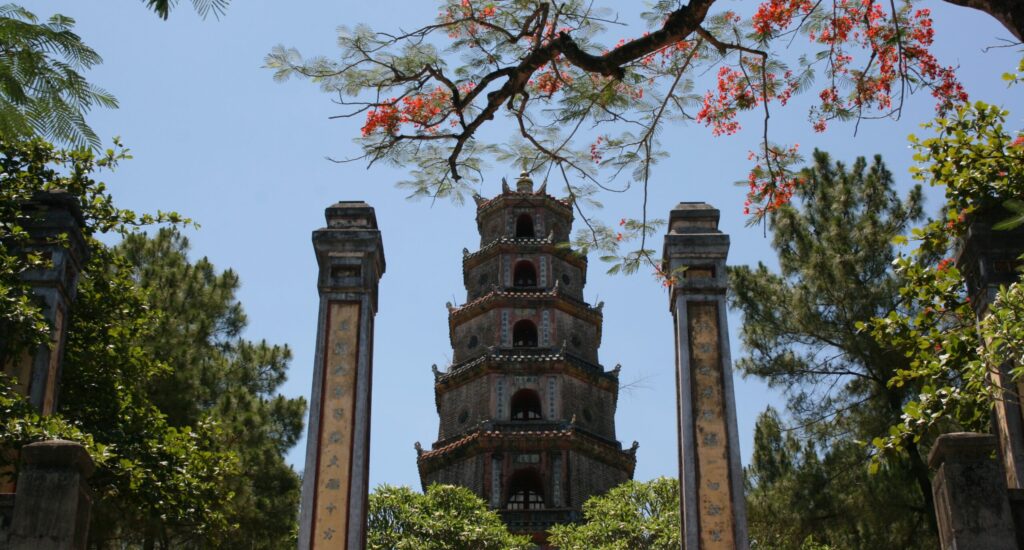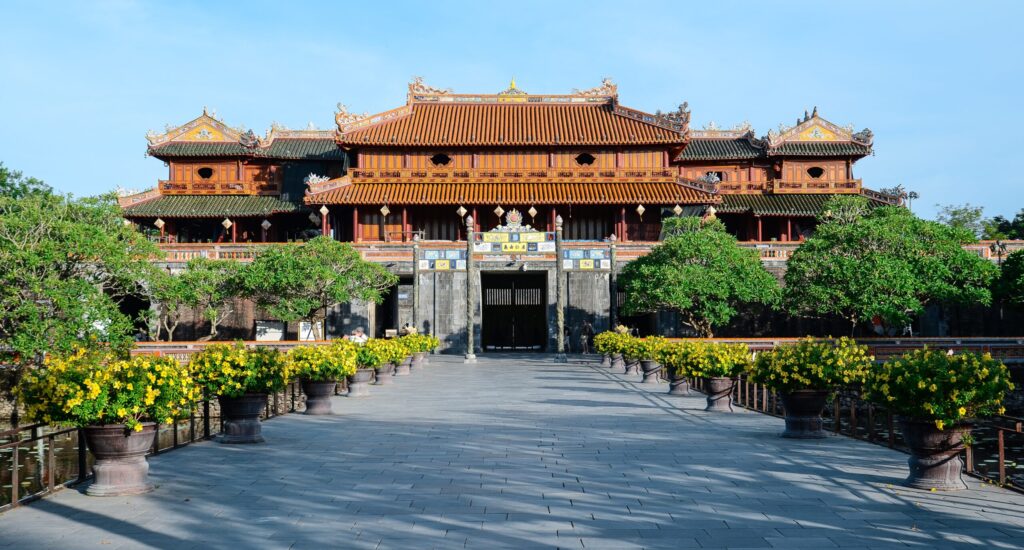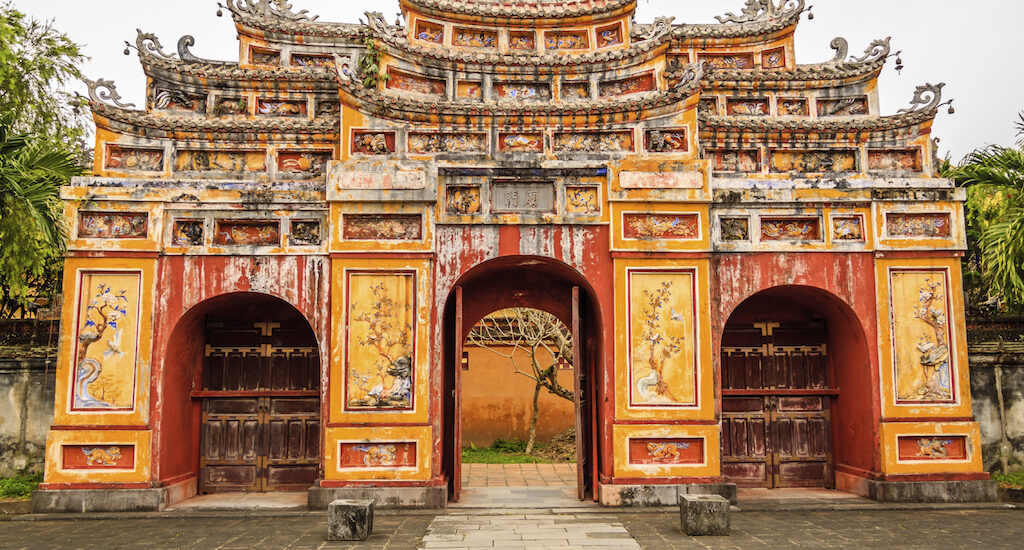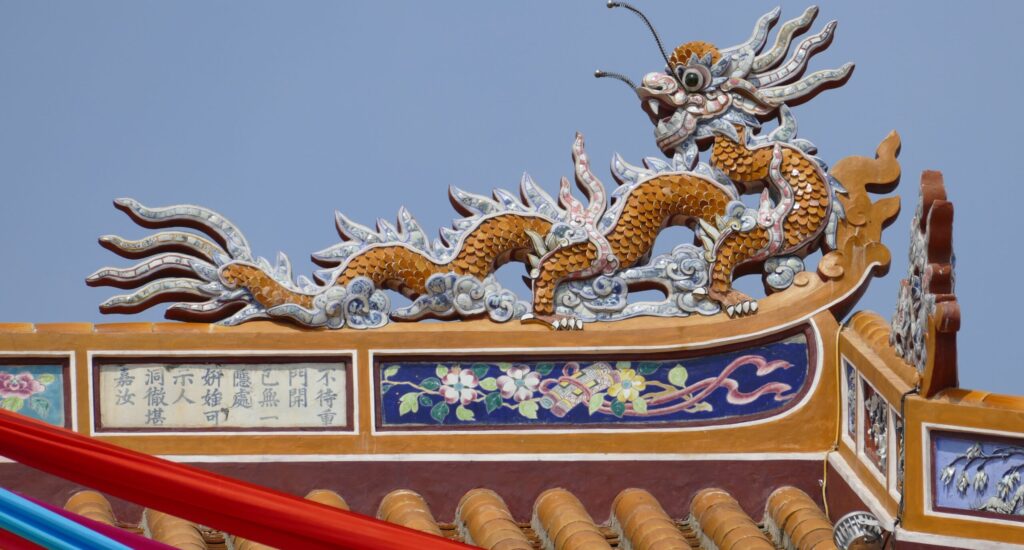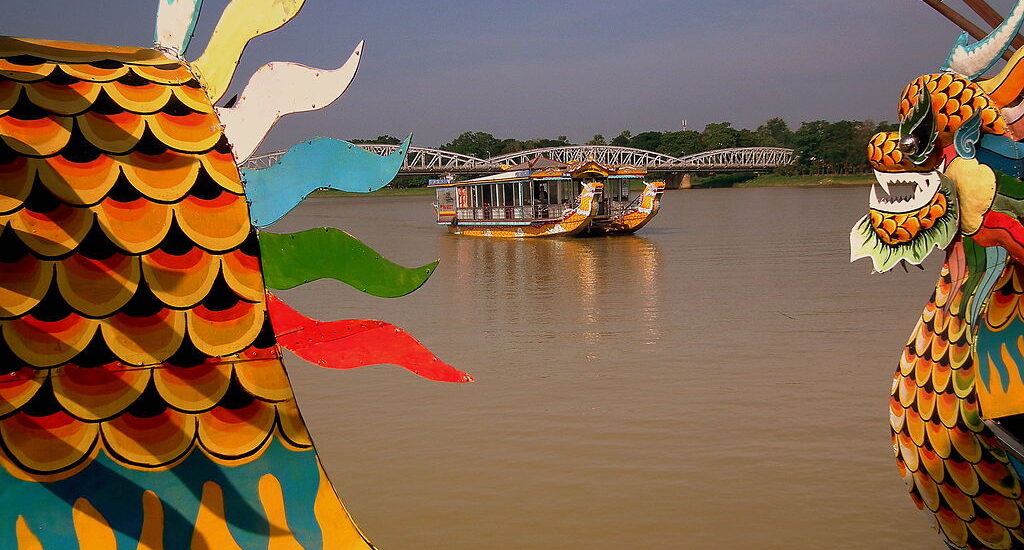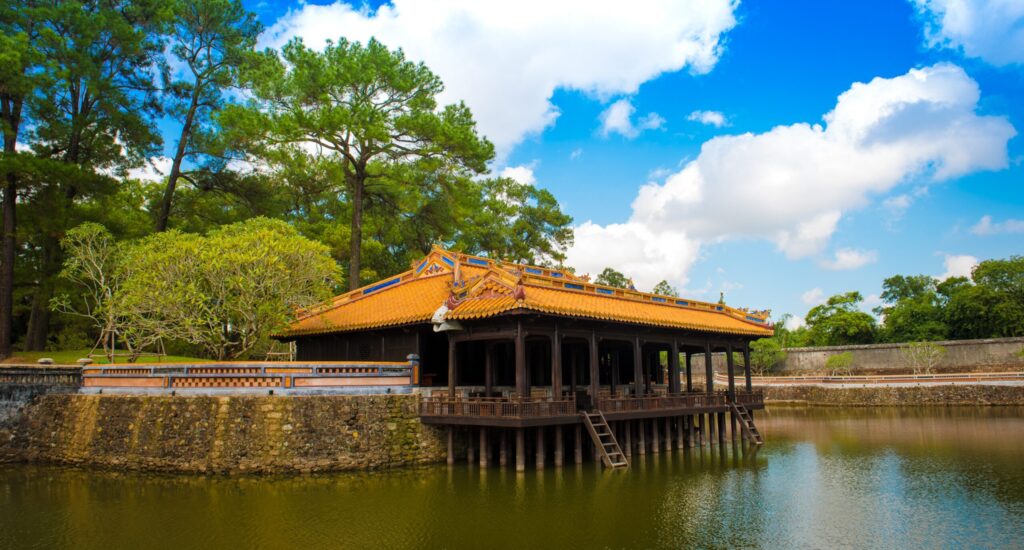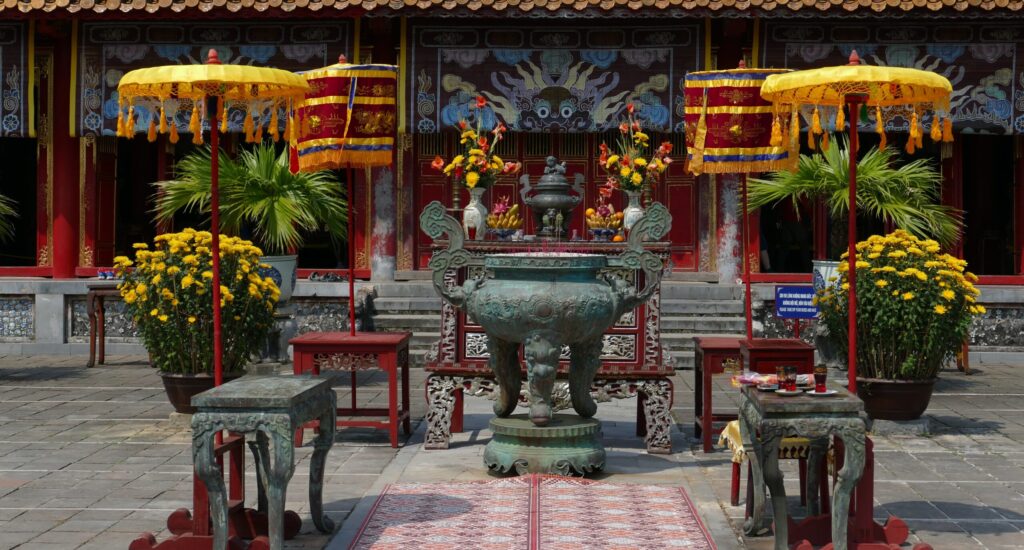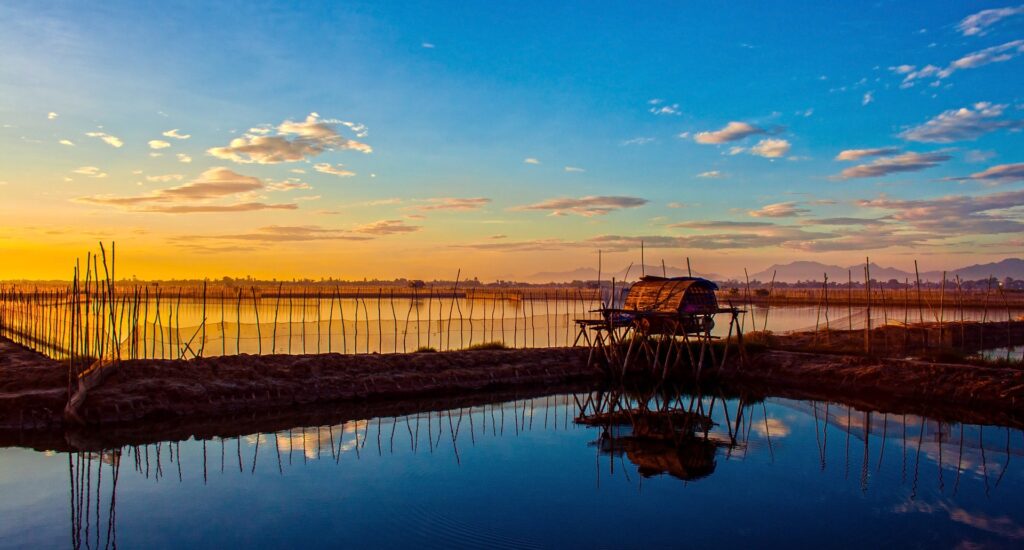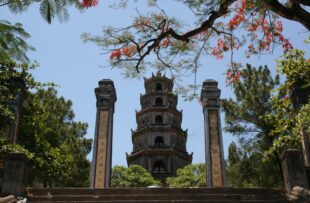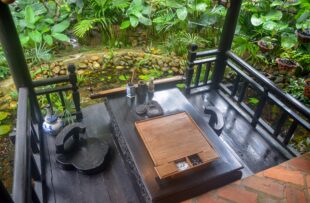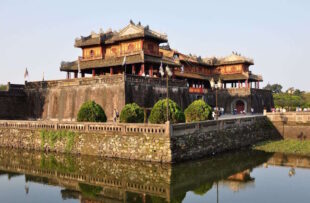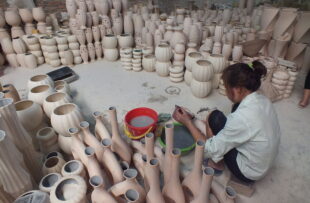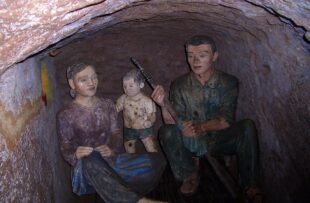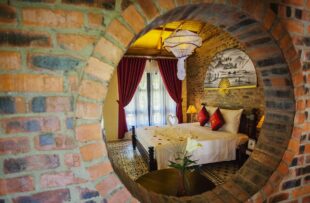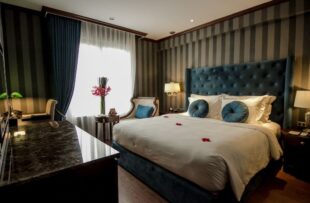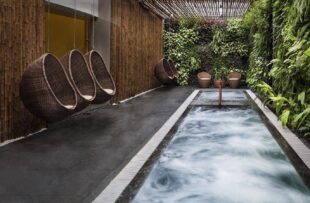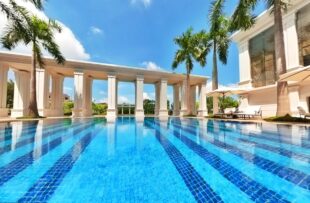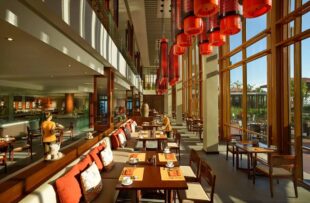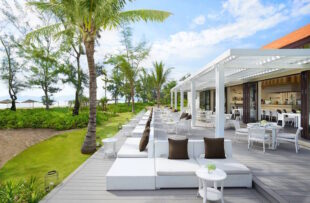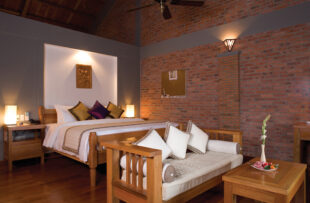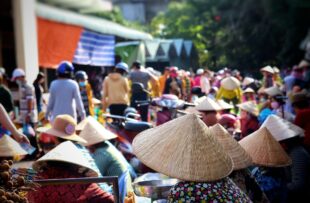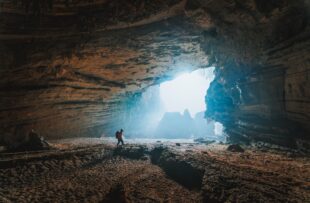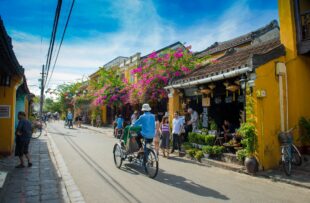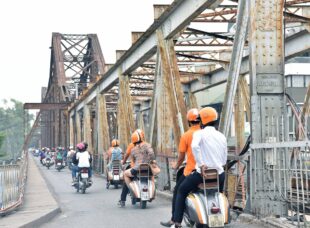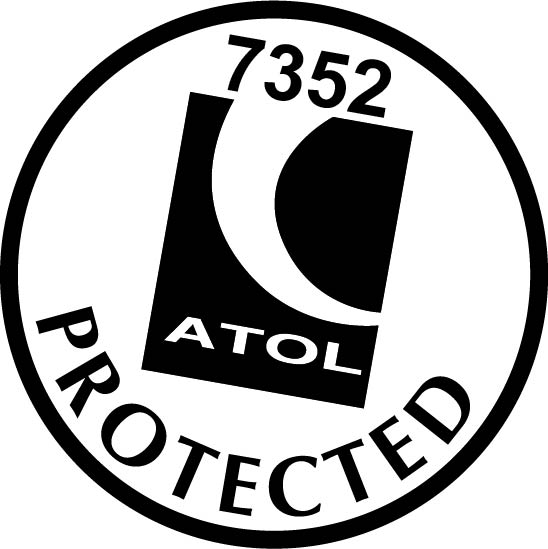Hue is Vietnams’ most culturally and historically significant city – a deposed but once glorious capital which lost its sovereignty, saw its prestige melt away and then found itself brutalised on the frontline of modern warfare. Yet for all the gravitas of history, contemporary Hue is now a modest regional centre – merely Vietnams’ 6th ranking city and struggling for to find a new-found sense of purpose.
Hue’s complex history’s most significant period was as Vietnam’s Imperial City, built in 1803 by Gia Long on a former royal site. Hue then remained Vietnam’s capital until 1945, when Bao Dai, the last of the Nguyen emperors, abdicated from the throne. These Emperors modeled their capital on the Forbidden City in Beijing, but unfortunately Vietnam’s imperial palaces have not fared well over the years. The ruins of the Citadel are on the banks of the Perfume River, with many of the city walls battle scarred from fighting with the French as far back as 1873 and later with the Americans during the notorious ‘Battle of Hue’ in 1968.
Upriver are the beautiful tombs of rather ostentatious, megalomaniac past Emperors, each of which designed to reflect each Emperor’s personality and hopes for the afterlife. These are often extravagant complexes of pavilions, temples, courtyards and lakes. A peaceful boat ride down the Perfume River brings you to the most famous of these tombs: the imposing Minh Mang Tomb and the serene Tu Duc Tomb. About an hour and a half from Hue is Lang Co,whose beach shimmers in iridescent blues, whites and greens. The totally remote ‘Laguna’ development is at the end of the peninsula and consists of 2 world-class international resorts and a 18-hole, championship course designed by Sir Nick Faldo.


